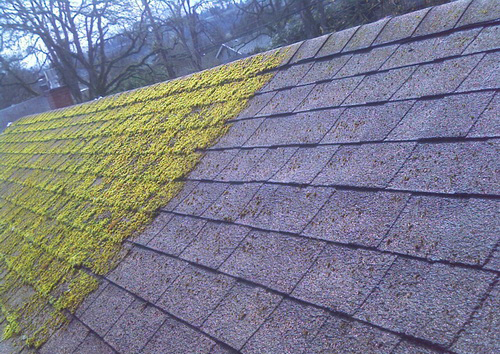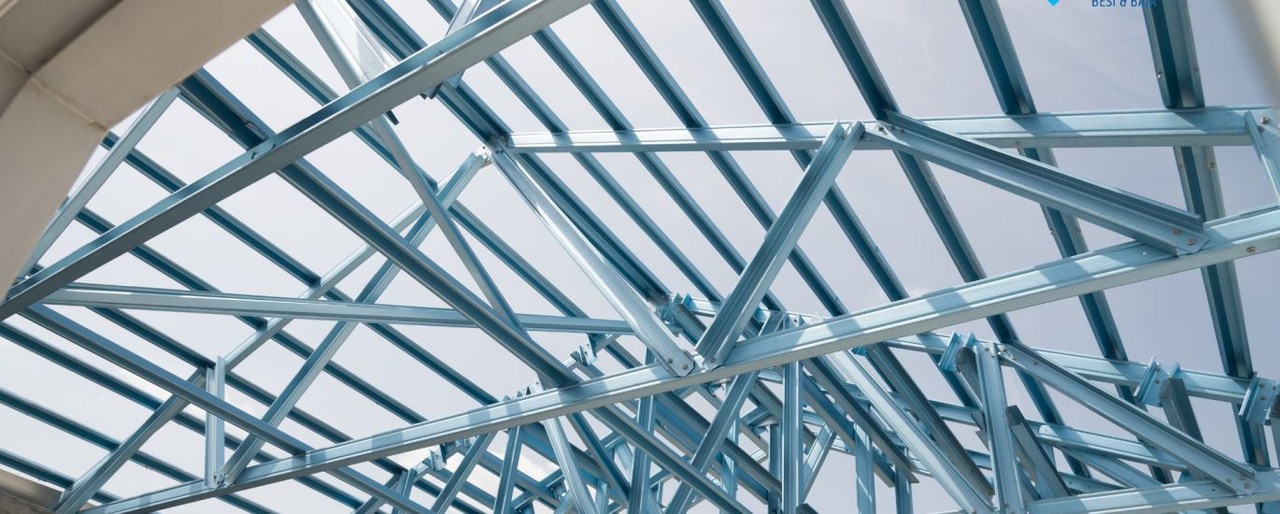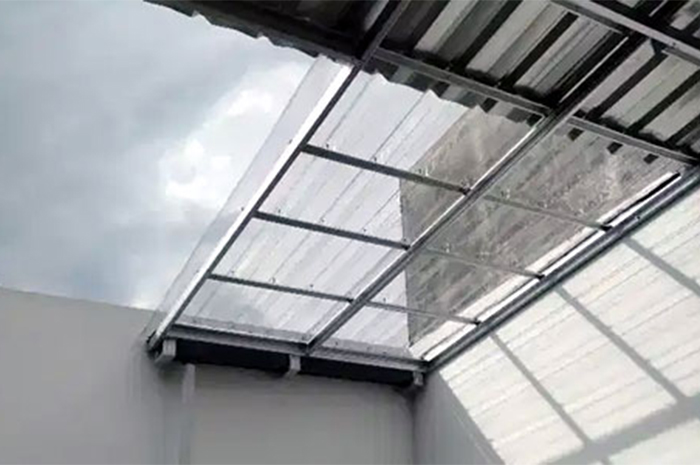 Bahasa Indonesia
Bahasa Indonesia  Inggris
Inggris
 Bahasa Indonesia
Bahasa Indonesia  Inggris
Inggris
 Find out the causes of mossy roofs, the consequences caused by mossy roofs and how to clean moss from the roof of a house. If the roof of your house, whether in whole or in part, is exposed to limited intensity sunlight due to shading trees, the roof will tend to be more humid than a roof that is continuously exposed to sunlight. The humidity on the roof will increase with water droplets hitting the roof, either from dew or from trees above. This condition will trigger the growth of moss on the roof of the house. Find out what the consequences of a moss roof are and how to clean moss from the roof of your house.
Find out the causes of mossy roofs, the consequences caused by mossy roofs and how to clean moss from the roof of a house. If the roof of your house, whether in whole or in part, is exposed to limited intensity sunlight due to shading trees, the roof will tend to be more humid than a roof that is continuously exposed to sunlight. The humidity on the roof will increase with water droplets hitting the roof, either from dew or from trees above. This condition will trigger the growth of moss on the roof of the house. Find out what the consequences of a moss roof are and how to clean moss from the roof of your house.
Moss will keep the roof damp
If there is even a small amount of moss growing on the roof, it will quickly grow. This is due to its ability to retain moisture. If rainwater or dew wets the roof, the rainwater and dew will settle on the roof and make it even more damp. This moisture will not evaporate quickly because it is blocked by moss which traps the moisture and does not evaporate easily.
Moss will make roof tiles rot easily
Over time, moss can rot roof tiles and create holes in the roof. Unsurprisingly, roofs become increasingly vulnerable to rainwater leaks or strong winds. It is not impossible that this rotten roof tile will fall down, if it is not replaced immediately. This will certainly endanger the safety of the people under it.
How to get rid of moss on the roof
Scrubbing
Perhaps, the simplest and cheapest method for cleaning moss from a roof is by scrubbing or rubbing the moss on the roof and pointing it downwards so that the moss can peel off and fall straight down. If the roof is too wide, you may be able to get two or 3 people to do it. The method is to stand on a ladder, then using a brush tied to a pole, slowly rub the moss downwards in the direction of the tile arrangement on the roof. Make sure the moss is completely removed from the roof down to the roots. Do this cleaning in one direction, from the top of the roof to the bottom, to avoid leaving the roof tiles in place.
Power Washing
Consider using power washing or pressurized water to rid the roof of moss. This method can be used for roofs that are prone to cracking, which cannot support the weight of our bodies. Use power washing between 1200 and 2000 psi, or (pounds per square inch). Place the hose nozzle near the top of the roof and move it downhill following the tile pattern. A splash of water coming out of the nozzle will make the moss disappear and peel off little by little. Repeat several times until the moss is completely gone. Do this for every part of the roof where moss grows. For areas with thick moss that is difficult to remove, use a brush attached to a pole, and scrub the moss in a direction, from top to bottom, while spraying water through the hose.
Remove moss with a hydrogen peroxide roof cleaner
Mix a hydrogen peroxide-based roof cleaner with warm water and allow it to activate for 15-20 minutes, stirring occasionally. Transfer the solution to the sprayer pump, be careful when pouring it and don't let any hydrogen peroxide that is still lumpy and unmixed can clog the spray nozzle. Use this solution to spray onto the moss on the roof little by little, then use a brush to rub the part that has been given the solution in a circular motion, then rinse with clean water using a hose. Aim so that the remaining grass can go down and not get stuck or left between the roof tiles.
Prevents moss from growing on the roof
To prevent moss from coming back on the roof, galvanized copper strips or ridge caps on the roof. These two items are quite easy to find in shops that sell building materials. This object is also quite easy to install on the roof. Copper can kill moss and prevent moss from growing back. Insert the copper strip horizontally under the roof shingles or roof tiles, and leave 4 to 5 inches of the copper visible from the outside. This method allows copper molecules to dissolve in rain, and creates conditions that are toxic to moss so that moss will not be able to grow here.

Komponen Atap Rumah Dan Fungsi-Fungsinya Yang Harus Anda Ketahui Sebelum Mulai Membangun Rumah!

Atap Transparan untuk Rumah, Lebih Baik Pakai atau Tidak?




